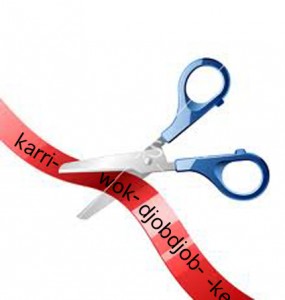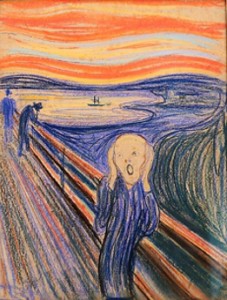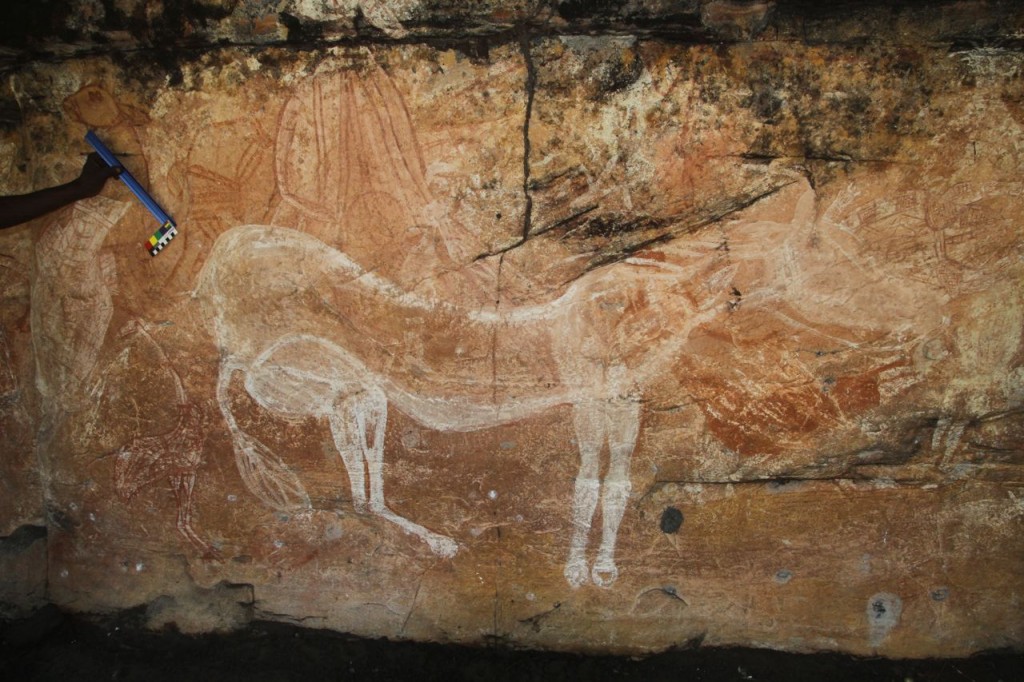Pronoun Prefixes on Verbs
Learning a new language involves committing many words to memory, regularly. But there are of course many points of grammar that you also need to know in order to construct sentences correctly. If you have already read the post on the polysynthetic nature of languages such as Kunwinjku and Gundjeihmi, you will know that it is necessary to learn parts of words as well as whole words. In this lesson you will learn the most common pronominal prefixes that are used on verbs. This means the word parts that go on the front of a verb that indicate who is the subject or participant relating to the verb. For those of you who subscribe to Karriborlbme Kunwok, a recent word we learnt was kun-bolk 'place' and an example of this noun being incorporated into a verb was this:
ngabolknan
This word consists of four word parts or morphemes:
- nga- the pronominal prefix that means 'I'
- -bolk an incorporated noun kun-bolk 'place' (after the noun prefix is stripped)
- -na the verb to see or look
- -n the tense marker on the verb indicating non-past (present or future)
In this post we are concerned with word parts as in part 1 above, the pronominal prefixes on verbs.
The pronoun prefixes in the table below will need to be committed to memory. You will also need to know the grammatical concepts of ‘tense’, ‘person’ and ‘number’. The concept of number in English is limited to singular and plural. In Kunwinjku and Gundjeihmi you can also have dual forms i.e. pronoun prefixes that indicate two referents such as 'you and me', 'me and another person (but not you)', 'they 2' and 'you 2'. Note the idea of inclusive and exclusive pronoun prefixes 'we all (but not you the addressee)' and 'we all (including you the addressee)'.
As far as tense is concerned, the only change in tense for pronominal verb prefixes is in the third person:
Kunwinjku:
ka- 'he/she/it' in the non-past tenses becomes ø (zero i.e. nothing) in the past tense.
Gundjeihmi:
ga- he/she/it' in the non-past tenses, but in the past tense it changes to ba-.
Kunwinjku: ka-re 'he/she/it is going, wam 'he/she/it went.
Gundjeihmi: ga-re 'he/she/it is going, ba-wam 'he/she/it went.
Kunwinjku: kabene- 'they 2' becomes bene- in past tense
Gundjeihmi: gabani- 'they 2' becomes bani- in past tense
If you are learning Gundjeihmi, here is the Gundjeihmi table. In Gundjeihmi many initial nasal sounds 'ng' are optional and so this is indicated by brackets e.g. (ng)ani-
| Person | Minimal
[base form] |
Unit Augmented
[base form plus one more] |
Augmented
[more than unit augmented] |
| 1
First person exclusive |
(ng)a- I |
(ng)ani- me+him/her |
arri- we (but not you) |
| 1+2
First person inclusive |
arr- me+you |
gani- me, you+him/her |
garri- we (you too) |
| 2
Second person |
yi- you (one person) |
(ng)uni- (variant) guni- you two |
gurri- (variant) wurri- you (3+) |
| 3
Third person: Non-past Past |
ga- ba- he/she/it |
gabani- bani- they two |
gabarri- barri- they (3+) |
If you are learning Kunwinjku, here is the Kunwinjku table:
| Person | Minimal
[base form] |
Unit Augmented
[base form plus one more] |
Augmented
[more than unit augmented] |
| 1
First person exclusive |
nga- I |
ngane- me+him/her |
ngarri- we (but not you) |
| 1+2
First person inclusive |
ngarr- me+you |
kane- me, you+him/her |
karri- we (you too) |
| 2
Second person |
yi- you (one person) |
ngune- you two |
ngurri- you (3+) |
| 3
Third person: Non-past Past |
ka- zero (nothing) he/she/it |
kabene- bene- they two |
kabirri- birri- they (3+) |
GUNDJEIHMI prefixes using the verb to go -re as an example:
Present Tense
(ng)a-re I go, I’m going, I will go
(ng)ani-re we two go, we two are going, we two will go
arri-re we (but not you) go, etc
arre you and me go (see [1] below)
gani-re you+me and he/she go (we 3)
garri-re we all go, let’s go (including the addressee)
yi-re you (singular) go, you are going, you will go
(ng)uni-re you two go, you two are going, you two will go
gurri-re (or wurri-re) you all go (more than 2 people)
ga-re he/she is goes, he/she is going, he/she will go
gabani-re they two go, they two are going, they two will go
gabarri-re they (more than 2) go
In the past tense, the verb 'to go' is irregular (or suppletive), just as it is in English go>went. In Bininj Gunwok it is –re > -wam (where the hyphen means that there must be a prefix).
Past Tense
nga-wam I went
ngani-wam we (2 of us) went
ngarri-wam we (3+ but not you) went
ngarr-wam you and I went
gani-wam you+me and him/her went
garri-wam we all went (including the addressee[s])
yi-wam you (singular) went
nguni-wam you two went
ngurri-wam you (3+) went
ba-wam he/she/it went
bani-wam they two went
barri-wam they all (3+) went
[1] Note that this form is underlyingly ngarr-re but this often gets reduced to ngarre.
KUNWINJKU prefixes using the verb to go -re as an example:
Present Tense
nga-re I go, I’m going, I will go
ngane-re we two go, we two are going, we two will go
ngarri-re we (but not you) go, etc
ngarr-re you and me go
kane-re you+me and he/she go (we 3), etc
karri-re we all go, let’s go (including the addressee)
yi-re you (singular) go, you are going, you will go
ngune-re you two go, you two are going, you two will go
ngurri-re you all go (more than 2 people), etc
ka-re he/she is goes, he/she is going, he/she will go
kabene-re they two go, they two are going, they two will go
kabirri-re they (more than 2) go, etc
Past Tense
nga-wam I went
ngane-wam we (2 of us) went
ngarri-wam we (3+ but not you) went
ngarr-wam you and I went
kane-wam you+me and him/her went
karri-wam we all went (including the addressee[s])
yi-wam you (singular) went
ngune-wam you two went
ngurri-wam you (3+) went
wam he/she/it went
bene-wam they two went
birri-wam they all (3+) went
A good way to learn these paradigms is to make up cards that you can post up on the wall where you will see them frequently or alternatively, make up pocket cards that you can carry with you and check when you have time.
Bonj
That is all.


